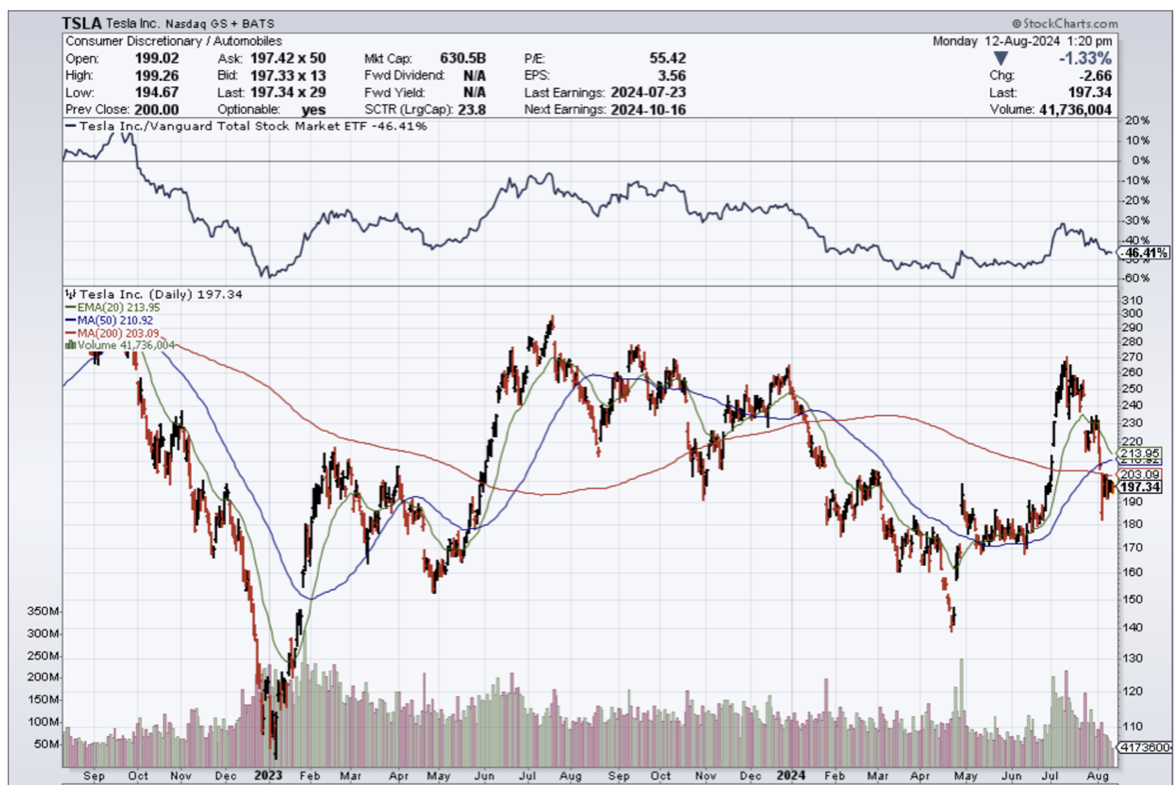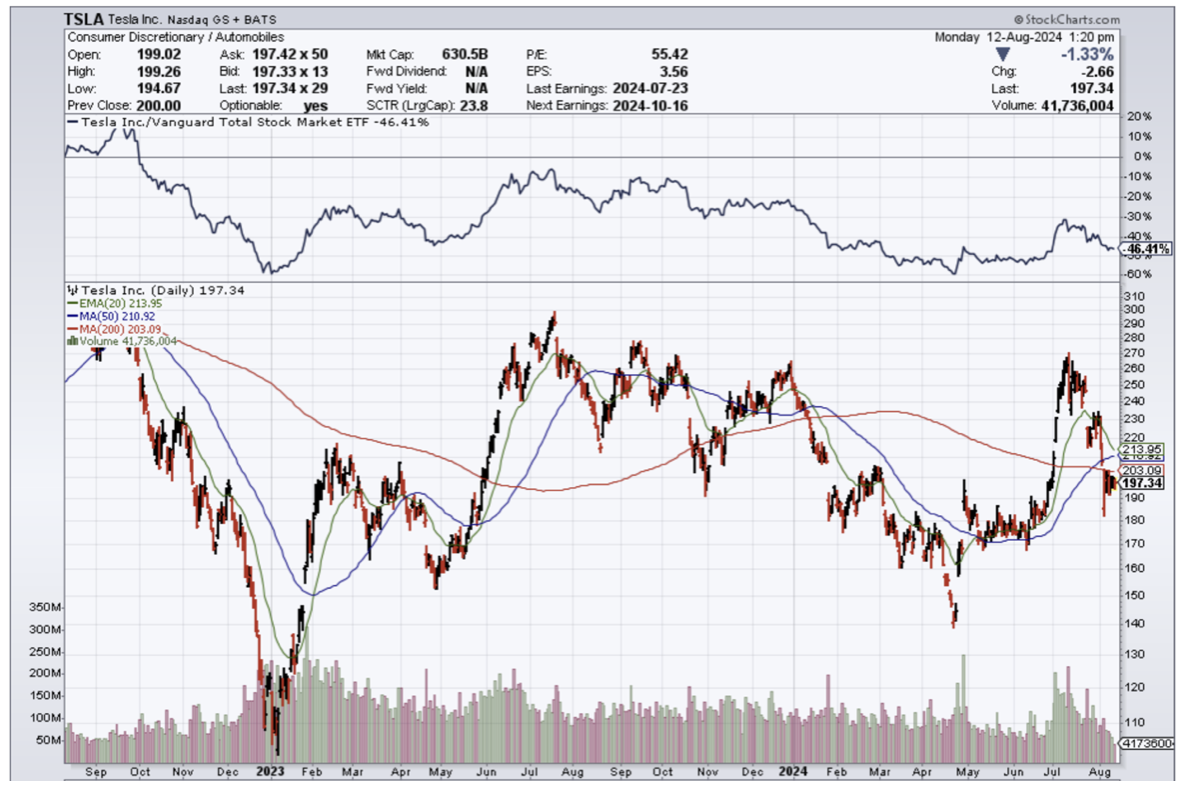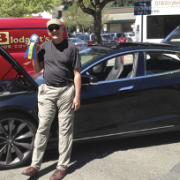Unshackling the restraints on human labor – that is where tech is headed.
I’m talking about AI.
Robots aren’t able to perform complicated tasks and that is the holy grail of AI.
If headway is made just on this one issue then the sky is the limit.
Profits are then unlimited and the world will change into something we could have never imagined.
If stakes weren’t high enough, the next explosive leg up in tech shares is now centered on this concept.
There is only so much balance sheet maneuvering can add to the bottom line.
Magnificent 7 stocks who are experts are juicing up the balance sheet will gradually run out of levers to pull.
Technology stocks demand that management move the needle along because the alternative is that the company will get left behind.
When the Department of Defense commenced its robotics challenge in 2015, the stated goal was to develop ground robots that can aid in disaster recovery with the help of human operators.
Nearly a decade later, generative AI is accelerating that learning curve, pushing human-like machines to pick up new tasks in real-time.
And in June, Tesla (TSLA) presented an updated version of its Optimus robot at Tesla’s Investor Day and showed it roaming a factory floor. CEO Elon Musk touted the robot’s potential, saying it had the ability to push the company’s market cap to $25 trillion.
Humanoids that can adapt to existing environments have long been seen as the ultimate test if they can work alongside humans in spaces built for them.
Nvidia (NVDA) is driving rapid development through an ecosystem built specifically for humanoids. It combines high-powered chips that process data at high speeds with a digital world that allows users to train robots on skills applied in the real world.
Just last month, Nvidia unveiled “NIM Microservices,” a visual training ground that allows generative AI models to visually interpret their surroundings in 3D.
Nvidia’s ecosystem now enables robots to train using text and speech input, in addition to live demonstrations.
Humanoids have already begun taking their first steps into reality. Musk has said two Optimus robots are working at Tesla’s Fremont factory, and he expects a few thousand to be deployed by next year. Amazon (AMZN) has partnered with Oregon-based Agility to utilize its Digit robot at a test facility. Apptronik is working with Mercedes-Benz to integrate Apollo into its manufacturing line.
The goal is to adapt humanoid for the future which will allow them to operate beyond industrial use. They could become as ubiquitous if companies are able to scale and bring costs down to $10,000 per machine.
Technology is still in the stage of calculating how they bring the expenses under control.
It is not very cost-effective if a company needs to spend 5 times the actual cost of running the AI division on retrofitting the environment for a humanoid and resetting the language models for different tasks.
Much of these technical aspects are being worked out, and these companies are inching their way closer to a day when companies might be able to work fully without a human worker or alongside a minimum amount of workers.
Tesla is a company long-term that needs to be looked at and this assumption is solely based on their robotics and humanoid business. It is highly plausible that Elon Musk is at peace with sacrificing his EV business in the medium time as long as moving up the value chain to become the leader of what is next which is looking more like robotics using AI.
Musk is skating to where the puck is next and that is where the future will be.







